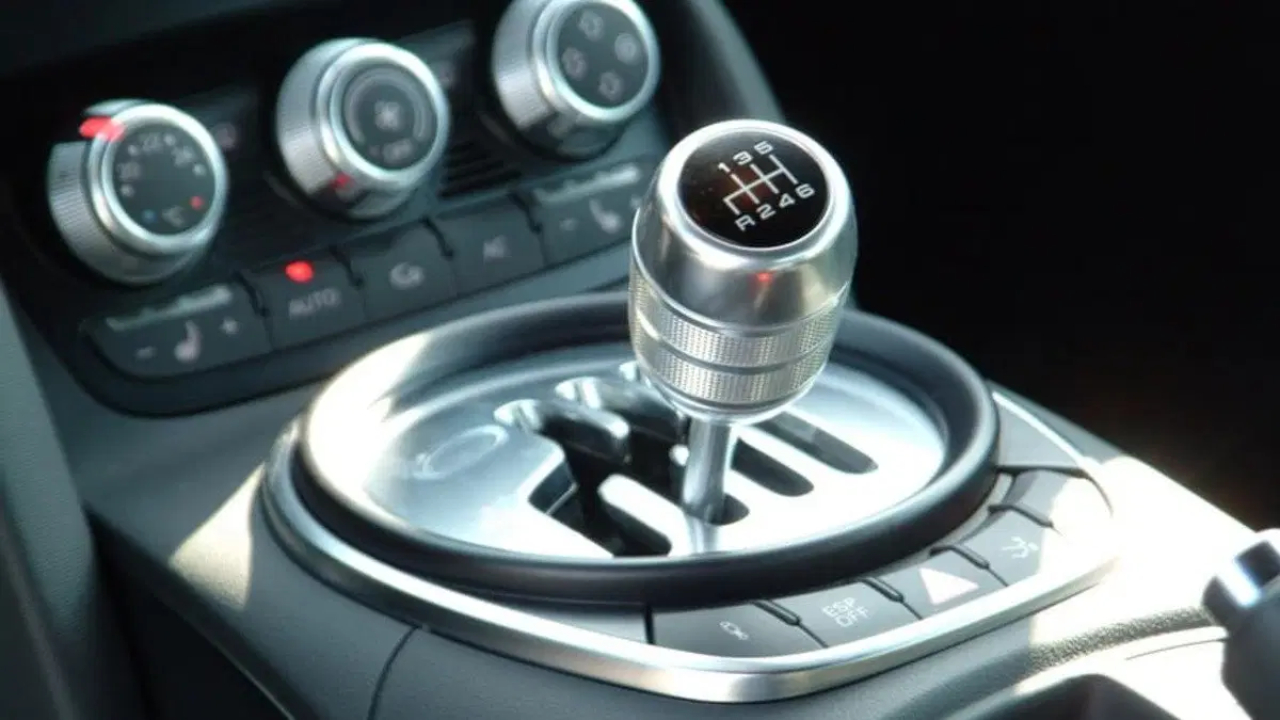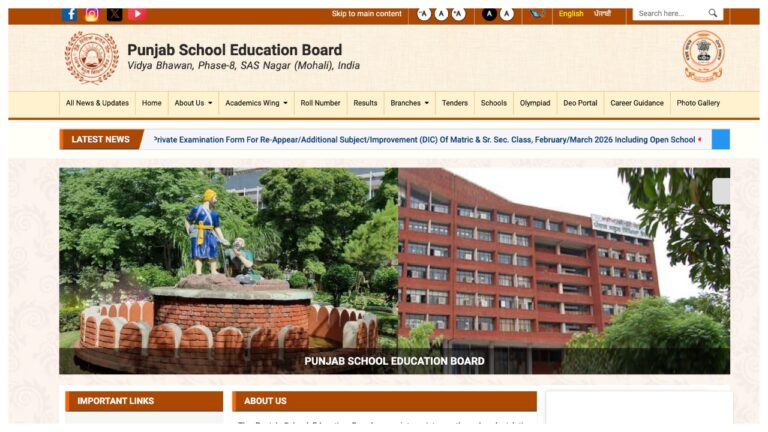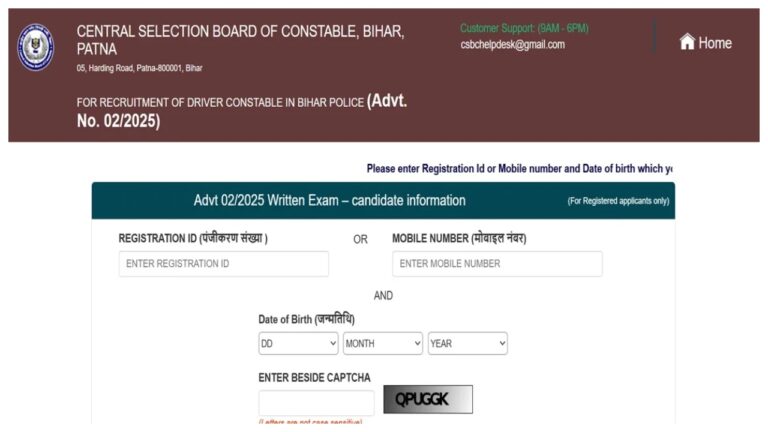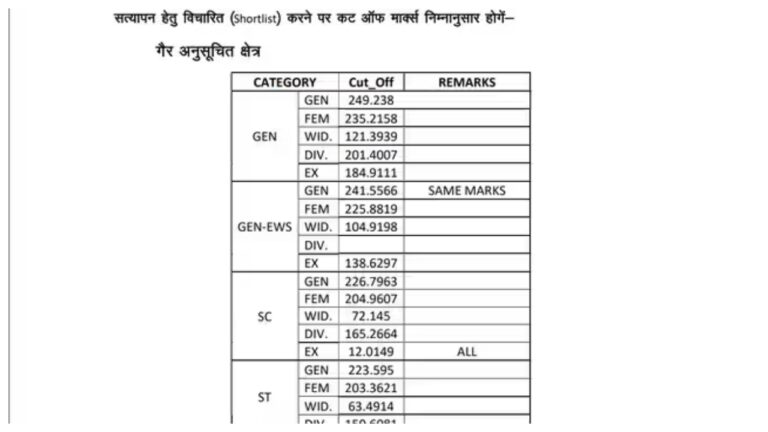Automatic cars and electric vehicles, highly advanced technologies such as ADAS, are in great demand these days-Vox populi; manual cars are destined to be lost in oblivion. Surprisingly, here they are in India; even in 2025, manual gearboxes are surprisingly much alive and kicking. For the entry-level segment and even some mid-range cars, manual transmission remains the main option. Why do Indian car buyers still opt for a manual gearbox? Let us seek the answers as to why these trends sustain even today.
The first factor would be the price. Manual cars are mostly less expensive than their automatic counterparts by ₹50,000 to ₹1 lakh. This means a lot for many Indian buyers, especially for those on a budget. First-time buyers, students, or families would take the manual as the cheaper option overall. Manual variants in hatchbacks and compact SUVs do not compromise anything performance-wise for the sake of what they are priced.
Just as price, fuel efficiency is equally a big reason for manual transmission demand. In recent times, the auto-transmissions have been remarkable with respect to earlier generations; however, manuals tend to give more mileage in many conditions. Average consumers and commuters care little for fuel economy until good miles become a significant amount over time. Therefore, the economic advantage of having better manual cars reveals full evident on Indian roads.
Driving control is another factor of heavy preference for manual gearboxes. With a manual transmission, operation is such that the person driving feels more connected and in control of the car while overtaking or climbing a steeper incline; in many such driving situations set up-urban traffic, hilly areas, or village roads-maximum control by the driver over gear shifting is preferred. Furthermore, some driving enthusiasts really enjoy the skill of driving a manual and the feeling it gives, which an auto can never instill.
Another factor worth considering is maintenance and repair expenses. Manual gearboxes have an excellent simpler design, so repair costs in case of emergencies will be lower. Furthermore, in rural areas or small towns where access to advanced service centers is poor, manual cars can be maintained and repaired cheaply and conveniently.
Even by 2025, manual gearboxes remain cost-effective on maintenance, fuel-efficient, user-maintainable, and give control to the driver. The reason is that even with automatic and electric vehicles being the newest trend in the market, manual cars still manage to cast a spell on many Indian buyers. For many, manual gearboxes just seem to make greater economic and emotional sense to them.










